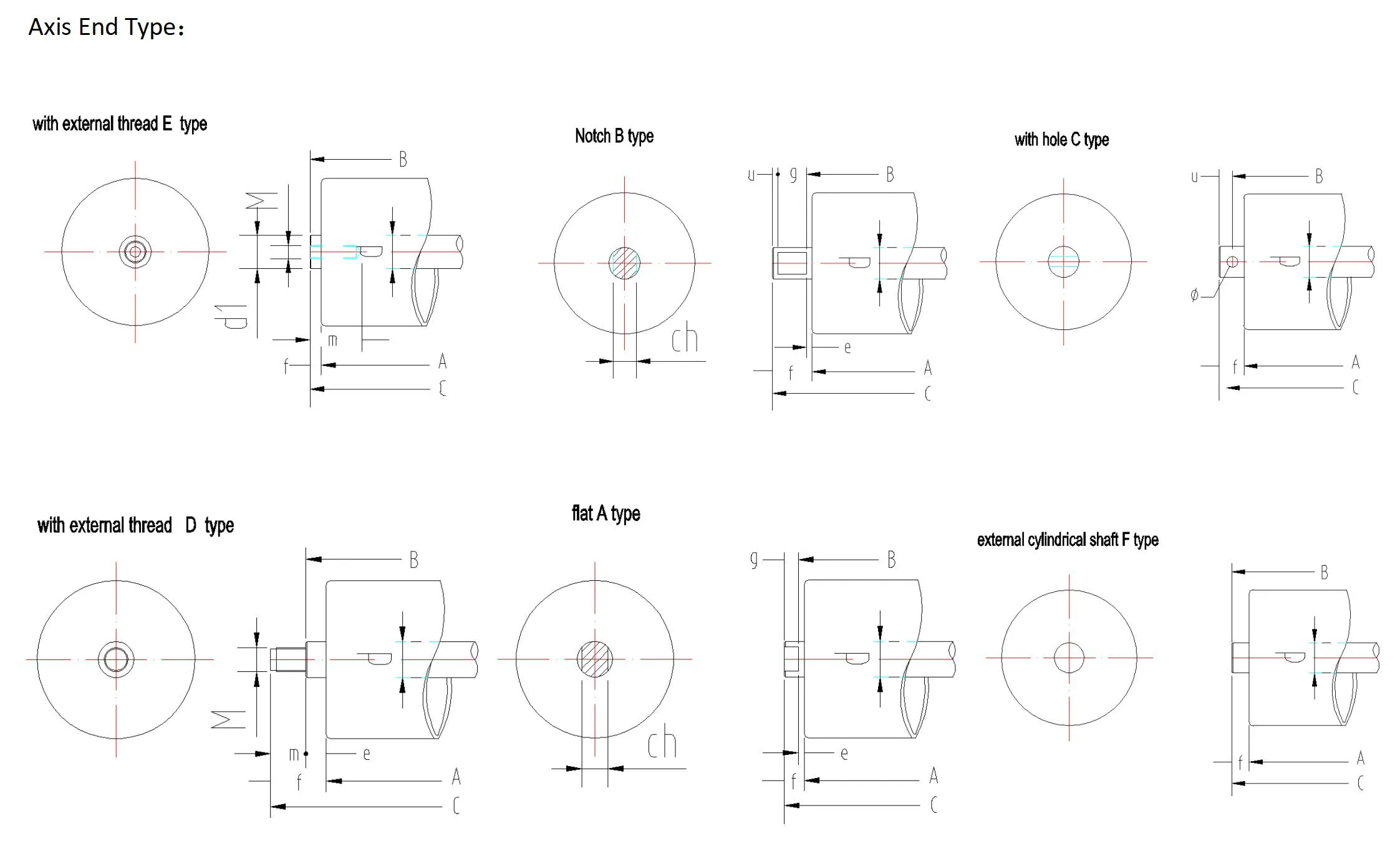 Afrikaans
Afrikaans  Albanian
Albanian  Amharic
Amharic  Arabic
Arabic  Armenian
Armenian  Azerbaijani
Azerbaijani  Basque
Basque  Belarusian
Belarusian  Bengali
Bengali  Bosnian
Bosnian  Bulgarian
Bulgarian  Catalan
Catalan  Cebuano
Cebuano  Corsican
Corsican  Croatian
Croatian  Czech
Czech  Danish
Danish  Dutch
Dutch  English
English  Esperanto
Esperanto  Estonian
Estonian  Finnish
Finnish  French
French  Frisian
Frisian  Galician
Galician  Georgian
Georgian  German
German  Greek
Greek  Gujarati
Gujarati  Haitian Creole
Haitian Creole  hausa
hausa  hawaiian
hawaiian  Hebrew
Hebrew  Hindi
Hindi  Miao
Miao  Hungarian
Hungarian  Icelandic
Icelandic  igbo
igbo  Indonesian
Indonesian  irish
irish  Italian
Italian  Japanese
Japanese  Javanese
Javanese  Kannada
Kannada  kazakh
kazakh  Khmer
Khmer  Rwandese
Rwandese  Korean
Korean  Kurdish
Kurdish  Kyrgyz
Kyrgyz  Lao
Lao  Latin
Latin  Latvian
Latvian  Lithuanian
Lithuanian  Luxembourgish
Luxembourgish  Macedonian
Macedonian  Malgashi
Malgashi  Malay
Malay  Malayalam
Malayalam  Maltese
Maltese  Maori
Maori  Marathi
Marathi  Mongolian
Mongolian  Myanmar
Myanmar  Nepali
Nepali  Norwegian
Norwegian  Norwegian
Norwegian  Occitan
Occitan  Pashto
Pashto  Persian
Persian  Polish
Polish  Portuguese
Portuguese  Punjabi
Punjabi  Romanian
Romanian  Russian
Russian  Samoan
Samoan  Scottish Gaelic
Scottish Gaelic  Serbian
Serbian  Sesotho
Sesotho  Shona
Shona  Sindhi
Sindhi  Sinhala
Sinhala  Slovak
Slovak  Slovenian
Slovenian  Somali
Somali  Spanish
Spanish  Sundanese
Sundanese  Swahili
Swahili  Swedish
Swedish  Tagalog
Tagalog  Tajik
Tajik  Tamil
Tamil  Tatar
Tatar  Telugu
Telugu  Thai
Thai  Turkish
Turkish  Turkmen
Turkmen  Ukrainian
Ukrainian  Urdu
Urdu  Uighur
Uighur  Uzbek
Uzbek  Vietnamese
Vietnamese  Welsh
Welsh  Bantu
Bantu  Yiddish
Yiddish  Yoruba
Yoruba  Zulu
Zulu Efficient Solutions for Belt Idler Systems in Mechanical Applications
Understanding the Importance of V-Belt Idlers in Mechanical Systems
In the realm of mechanical engineering, the efficiency and longevity of machinery are paramount. One often overlooked component that plays a crucial role in maintaining this efficiency is the V-belt idler. These devices are instrumental in various applications, from automotive to industrial machinery, ensuring that the V-belts operate smoothly and effectively.
What is a V-Belt Idler?
A V-belt idler, or idler pulley, is a wheel or roller that directs and guides the path of a V-belt, a type of belt used to transmit power between shafts in machinery. The design of a V-belt idler resembles that of a standard pulley but is specifically engineered to accommodate the trapezoidal cross-section of V-belts. This design allows the idler to maintain proper tension and alignment of the belt, which is vital for efficient power transmission.
Functionality and Benefits
The primary role of a V-belt idler is to maintain tension on the belt. Proper tensioning is essential because it prevents slippage between the belt and the pulleys, which can lead to reduced efficiency and increased wear on both the belt and the driven components. An idler not only helps in maintaining the necessary tension but also ensures that the belt remains aligned within the system—reducing the risk of misalignment issues.
Another significant benefit of idlers is their contribution to the overall lifespan of the V-belt. By minimizing wear caused by excessive vibration or misalignment, idlers help to extend the life of the belt, reducing replacement costs and downtime in mechanical operations.
Types of V-Belt Idlers
v belt idler

Idlers can come in various types, each designed for specific applications. Fixed idlers are the most common and are used to maintain constant tension. Adjustable idlers allow for changes in tension settings, enabling flexibility for varying load conditions. Additionally, there are also spring-loaded idlers that automatically adjust tension as needed, providing dynamic support based on the system's operation.
The choice of idler type can significantly impact the performance of the V-belt drive system. Engineers must consider factors such as load conditions, speed, and maintenance requirements when selecting the appropriate idler for their specific application.
Maintenance and Troubleshooting
While V-belt idlers can significantly enhance the performance of a mechanical system, they still require regular maintenance to ensure optimal function. Routine inspections should check for wear and tear, misalignment, or unusual noise levels, which could indicate an issue with the idler or the V-belt itself. Adequate lubrication and timely replacement of worn-out components are also crucial to maintaining the longevity of both the idler and the belt.
If a machine begins to show symptoms of decreased performance, such as slipping belts or excessive noise, troubleshooting should prioritize the condition of the V-belt idler. Identifying and resolving any idler-related issues can often restore performance without needing to replace the entire system.
Conclusion
In conclusion, V-belt idlers are essential components in many mechanical systems, aiding in the efficient transmission of power through proper belt tensioning and alignment. Their role in enhancing the durability and performance of V-belts cannot be overstated. By understanding the functionality, types, and maintenance needs of V-belt idlers, engineers and technicians can ensure their systems operate at peak efficiency, ultimately leading to improved productivity and reduced operational costs. Whether in automotive applications or industrial settings, the significance of V-belt idlers remains a critical aspect of mechanical engineering.
-
Revolutionizing Conveyor Reliability with Advanced Rubber Lagging PulleysNewsJul.22,2025
-
Powering Precision and Durability with Expert Manufacturers of Conveyor ComponentsNewsJul.22,2025
-
Optimizing Conveyor Systems with Advanced Conveyor AccessoriesNewsJul.22,2025
-
Maximize Conveyor Efficiency with Quality Conveyor Idler PulleysNewsJul.22,2025
-
Future-Proof Your Conveyor System with High-Performance Polyurethane RollerNewsJul.22,2025
-
Driving Efficiency Forward with Quality Idlers and RollersNewsJul.22,2025





























